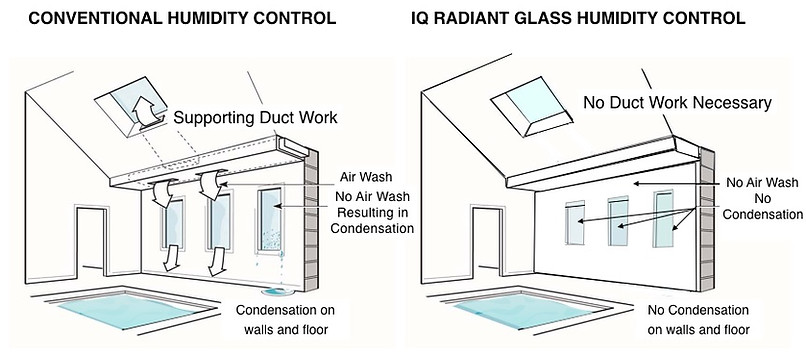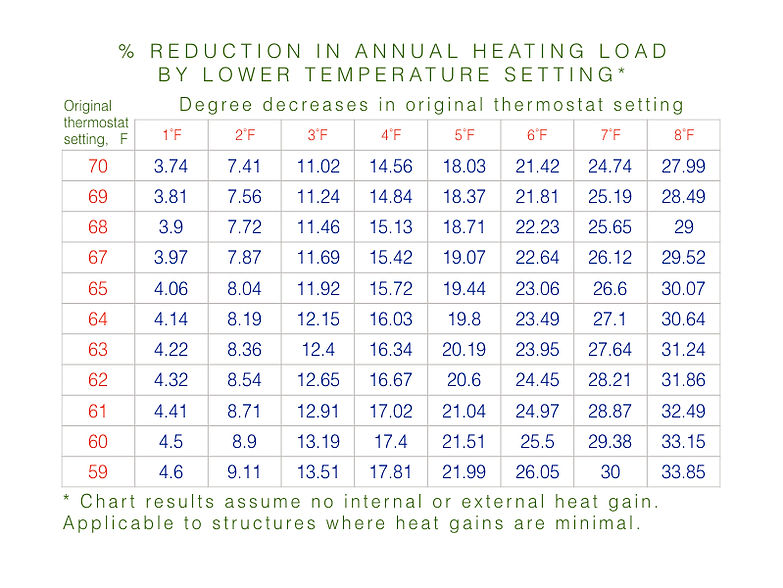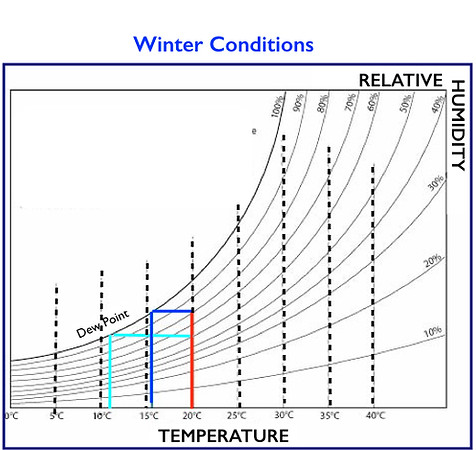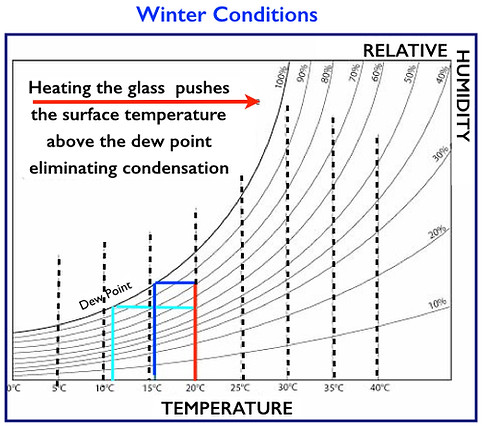IQ Radiant Glass®️
IQ Radiant Glass®️
IQ Radiant Glass®️
Historic Projects
Historic Projects
Architect Specified Depot Level Window Restoration
Off premise steel sash, art glass & wood frames
Architect Specified Depot Level Window Restoration
Off premise steel sash, art glass & wood frames
Architect Specified Depot Level Window Restoration
Off premise steel sash, art glass & wood frames
IQ Radiant Glass®️
Thermal Comfort, Lower Energy Consumption Eliminate Glass Condensation

Condensation, mold and bacteria associated with excess condensation can be a serious concern in critical areas such as indoor swimming pools where mold and condensation are chronic problems.
-
IQ Radiant Glass™ Heating Systems offer innovative solutions for indoor pools
-
Eliminating all condensation on the glass
-
Providing even thermal comfort regardless of outside temperature and the amount of exterior glazing
-
Provides radiant thermal comfort at lower ambient temperatures
-
Eliminates forced air heating and the associated drafts that cause swimmer discomfort
-
Greater comfort at lower thermostat settings
-
Lower energy consumption by 30-35%
-
Filters ultra-violet light
-
High light transmission
-
Uniform temperature

Radiant heating systems provide the architect the ability to capture energy savings by providing occupant comfort at lower temperatures:
-
ASHRAE Standard 55-92 provides information about a human comfort index
-
All radiant energy systems create a comfort level at an air temperature
4˚F (-15.2˚C) to 6˚F (-14.1˚C) lower dry-bulb temperature than a convection heating system
-
US DOE guidelines suggest a 1˚F temperature reduction results in a 3% energy savings
-
In general, a radiant heating system should reduce energy consumption by 12-18%. Several studies show that it can be as high as 28%
-
Actual dollar savings depend on other factors involving design, materials and costs of alternate fuel sources

A radiant glass system prevents condensation by warming the window surface

The chart shows that when the room temperature of a forced air heated system is 20°C and the window surface temperature is 5°C, the relative humidity has to be lower than 30% to avoid condensation. On the other hand, at a lower room temperature, with a radiant heated window surface temperature at 15°C, there will be no condensation even when the relative humidity reaches 70%.

This chart shows how the dew point temperature increases significantly with just minor changes in relative humidity levels
The red line shows a room with glass being heated to 20°C (above the dew point- No Condensation)
The light blue line shows where the dew point is (11°C) at 60% RH
The dark blue line shows where the dew point is (15.5°C) at 89% RH